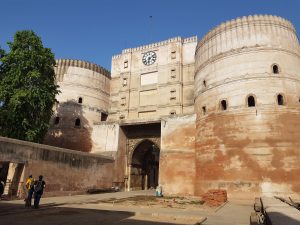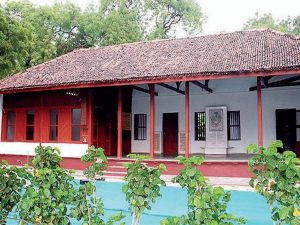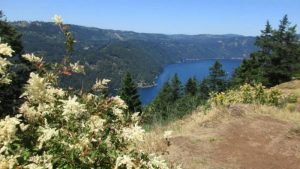Ahmedabad
Ahmedabad city is separated by the Sabarmati River into two different regions. On the eastern part of the river houses called the old city, where the central town is located along with Bhandra central town and is characterized by crowded bazaars, Jam Packed road and houses built in old style, But western part of the city houses, you will find schools, educational institutions and Business centre, Malls, movie theaters also you will find modern houses. Under the ruled of Ahmed Shah, city designed by the engineers combine of Hindu craftsmanship with Persian architecture, giving rise to the Indo-Saracenic style. On the time of British India rule, the city recognized itself as the home of a developing in textile industry, which earned title or the nickname the “Manchester of the East”. The city was at the forefront of the Indian independence movement in the first half of the twenty century and was the center of many campaigns of civil revolt e to promote Indian workers for their civil rights. Below is the list of famous tourist Places to visit in Ahmedabad
Famous Tourist Places to visit in Ahmedabad

Bhadra Fort: Built in the early 15thcentury, this fort now functions as the home for many government offices but also includes a Kali temple. The view from the top floor of the fort offers a prime view of the city below and is worth the effort to get there.
Jama Masjid: Built in 1423, this large mosque was constructed using the rubble from numerous Hindi and Jain temples demolished for the effort. Three earthquakes over the past 200 years have taken their toll on this great structure but it is still worth the visit.
Sidi Sayad’s Mosque: Near the river and once part of the great walls of the city, this ornate mosque is one of the finest buildings in Ahmedabad, sporting amazingly delicate jali panels of carved white marble.
Dada Hari Wav: Although this structure is simply a well for drawing water, the significance of water supply in India makes this ancient source all of more interesting. Built in 1411, this subterranean well extends deep below via a set of platforms and steps, giving rise to the term “stepped well”. Naturally cool due to its location and dearth of direct sunlight, this site can often be a refuge on a hot day as well as a unique photo opportunity.

Sabarmati Ashram: Located on the banks of the river, this peaceful retreat bears great significance as the headquarters for Mahatma Gandhi and his movement of independence for India in the early 20thcentury. There is a paper factory onsite that is worth a look and a tour of Gandhi’s simple living quarters are guaranteed to bring calm to a busy day.
Calico Museum of Textiles: Housing some of the finest examples of ancient and modern Indian fabrics in the world, this unique museum is worth the trouble to see inside. Only half of the exhibits are open during each half of the day, restrictions apply to personal items taken inside and attendees are limited to less than 20 at any one time. Still, the fabric and textile connoisseur will be in heaven from the displays seen here.
 +91-9968737942
+91-9968737942 






